Taking a conceptual photo requires capturing a shot that illustrates an idea – therefore isn’t every photo we take ‘conceptual’? No.

Conceptual photographs relay ideas through an image that doesn’t naturally exist.
They are created by combining props, engineering situations or clever cropping. In advertising, they’re used to convey powerful political, social and philosophical messages.
The term ‘conceptual photography’ comes from ‘Conceptual Art’ – a movement in the late 1960’s.

Depending on how you like to approach your art you can edit create concepts in camera or build it all from scratch in editing (or you could do a bit of both!)
Software like Photoshop, Affinity Photo and Luminar allows you the ability to layer multiple images together and blend to create conceptual ideas. You can scour free stock sites such as Pixabay, Pexels and Unsplash for source images if you don’t have relevant ones yourself.
Alternatively, you can create it all in-camera. It may take a little more planning (that’s vital anyway), but it means you’ve got more control over the final shot. You don’t have to have a fancy camera either, you could shoot it all on your iPhone if you wanted.
To get started on taking these powerful message-ladened photos we’ve got 5 tips below on what to think about.
If you aren’t a planner then concept photos aren’t for you. You need to spend time thinking about what you want to say. Photography is nothing but an opportunity to be controversial (which we’ll come to) so don’t repeat something you’ve already seen.
Sit down and write out your message – is it political, motivational, or topical?
Make a word cloud of associated words that conjure the same meaning and start to develop those words into objects that symbolise these points. For example:
• Anger = A broken glass
• Happiness = A blooming flower
• Sadness = A gravestone
• Loss = A floating lone balloon
• Confusion = A highway intersection
• Anxiety = Being deep in water

With concept photos you need to make sure the background is relevant or utterly plain – there’s no middle ground.
With concept photos everything you place in the shot is used to extract meaning by the viewer. Anything misplaced or overlooked will make your message muddled.
Use a wide aperture (F/2 or wider) to blur out the background as much as possible if you can’t change your angle otherwise.
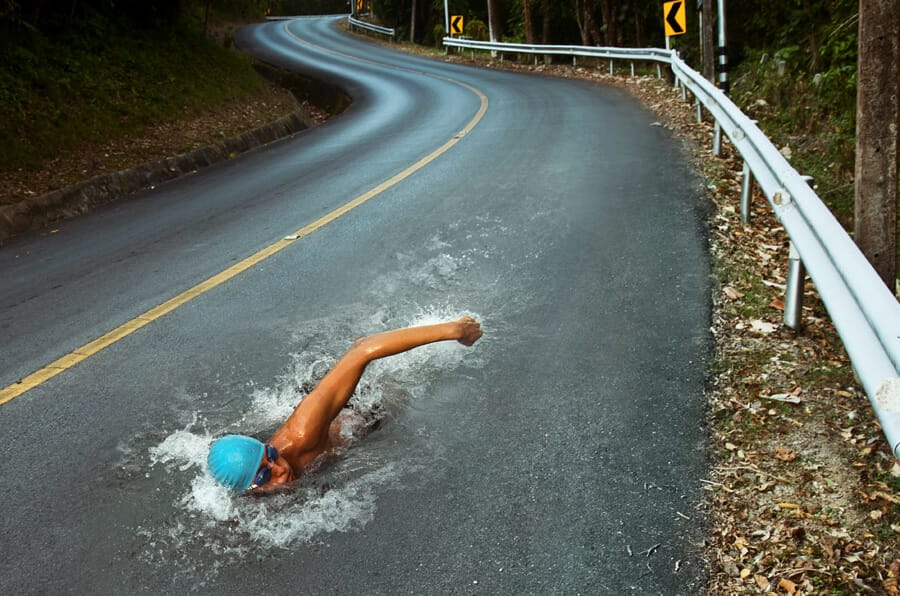
We’ve all seen the goldfish swimming in the lightbulb shot – while we may not have all figured out what it means it’s still a good example of conceptual photography.
If you’re not using an object in a usual way like this, then consider replacing it for a similar shaped object – advertisers do this a lot.
For example, switching a vinyl record for a clock – could symbolise that time is spinning or that music is to be enjoyed all the time. Here are some other examples of concept photos where the expected object is replaced to tell a different story.

Whichever objects you decided to include in your photo make sure they mean something.
We could all look at an egg and say it’s ‘fragile’ or ‘delicate’ – do the same thing when building your shot. Give everything a purpose and make sure all those purposes add to the original message.
Don’t add things just because they look nice or fill a blank spot, only use objects that mean the right thing. Even looking at basic shapes is a good place to start off to source the right emotion.

When thinking about shape and object choice also cast your mind to colour. Colour psychology affects the mood in a concept photo as with everything else.
If you’re handy with photo editing, then you can recolour an object without too much fuss if it’s not possible to do it on-set.
Read more about colour psychology and what colours reflect which emotions in this dedicated guide.

To wrap up our look at conceptual photography here’s a short showcase of dynamic and thought-provoking images we’ve found online.
If you want to know more about creating photo composites using Photoshop then join our amazing composite course to get you on the road to conceptual success!




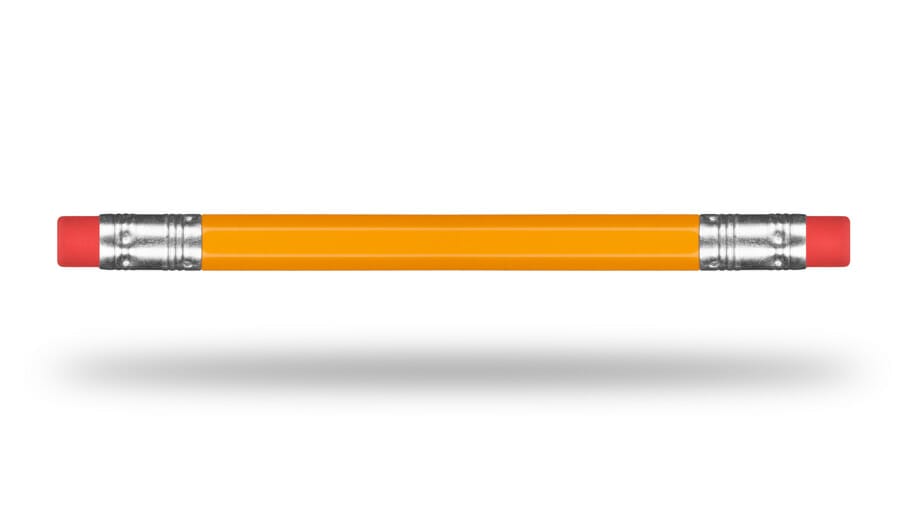



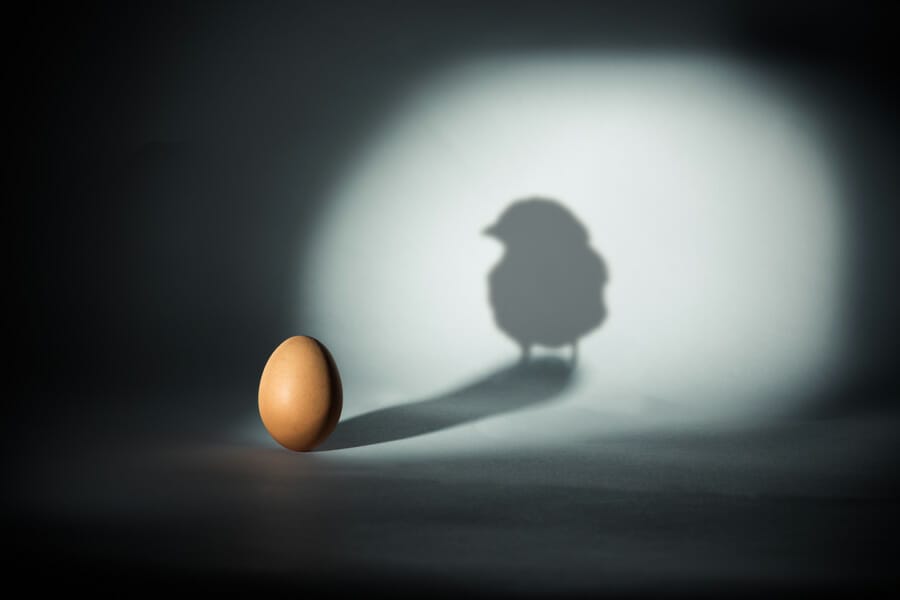

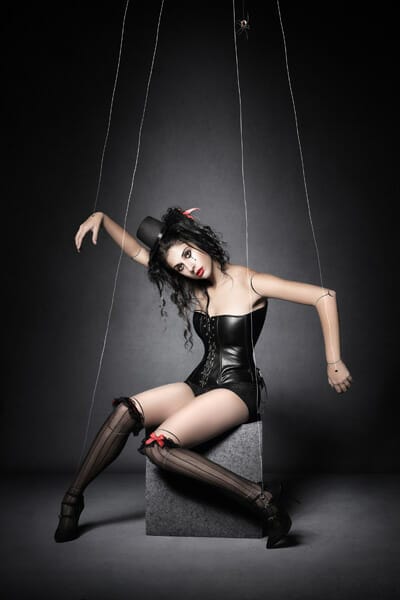


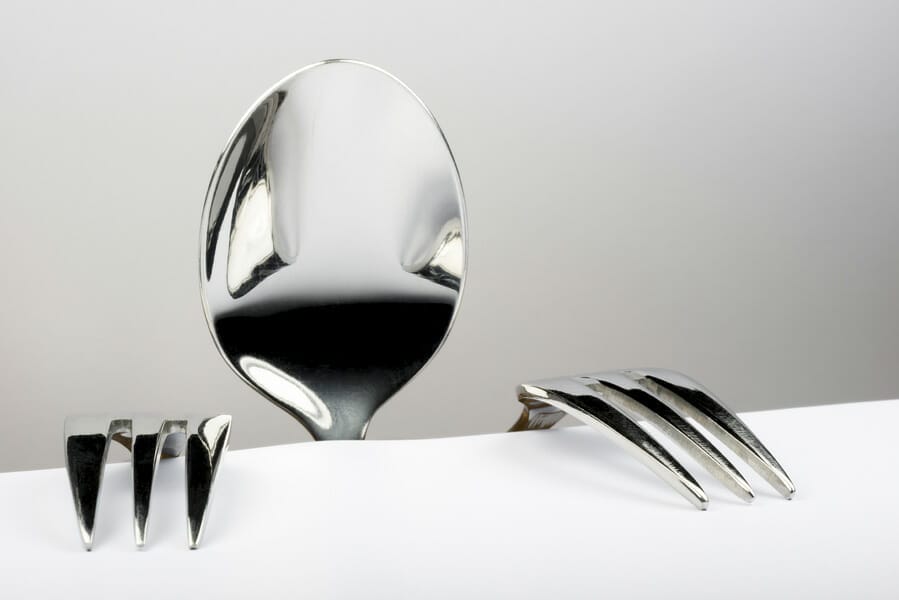


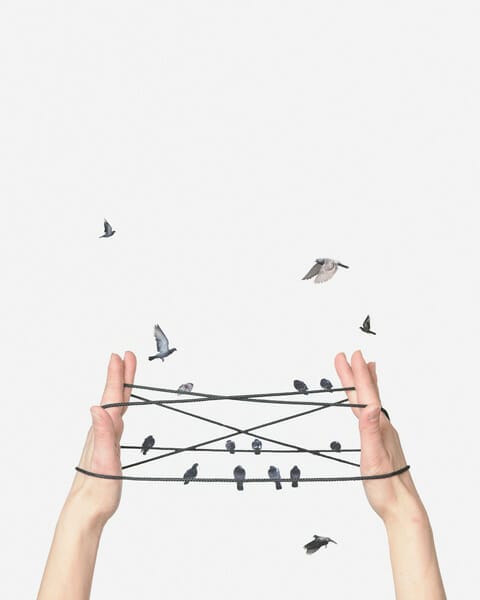
Finally, like we said earlier, say what you want to say. Allow yourself to be brave, controversial, and outspoken. Embrace topical societal issues in your concept photos.
Speak up for those forgotten or start a conversation about an issue personal to you – you never know who may be feeling the same.
Conceptual photography is a way for photographers to speak from the heart through their art. Photographers generally aren’t masters of literature or verbal language.
Instead, we prefer to speak our minds through visual imagery. Use the camera as your message board!
Discover the BEST way on how to clean a camera sensor using swaps, rocket blowers and pencil brushes to give your shots a dust-free finish!
Capture the magic of the night with our beginner’s guide to night photography. Learn tips and techniques for stunning results.
Master the art of solar eclipse photography with expert tips on equipment, settings, and precautions for stunning celestial images.
Learn the basics of photography – fast – with our FREE 60-Second Photographer online course. Each class is short and sharp with simple, actionable steps that give you immediate results.
x 30 lessons

© iPhotography™
Become a confident and competent photographer in less than 30 minutes!
Before you leave, make sure you’ve secured your FREE online photography course (worth £29.99)
Each class is just 60-seconds or less making it the fastest and easiest way to learn photography!